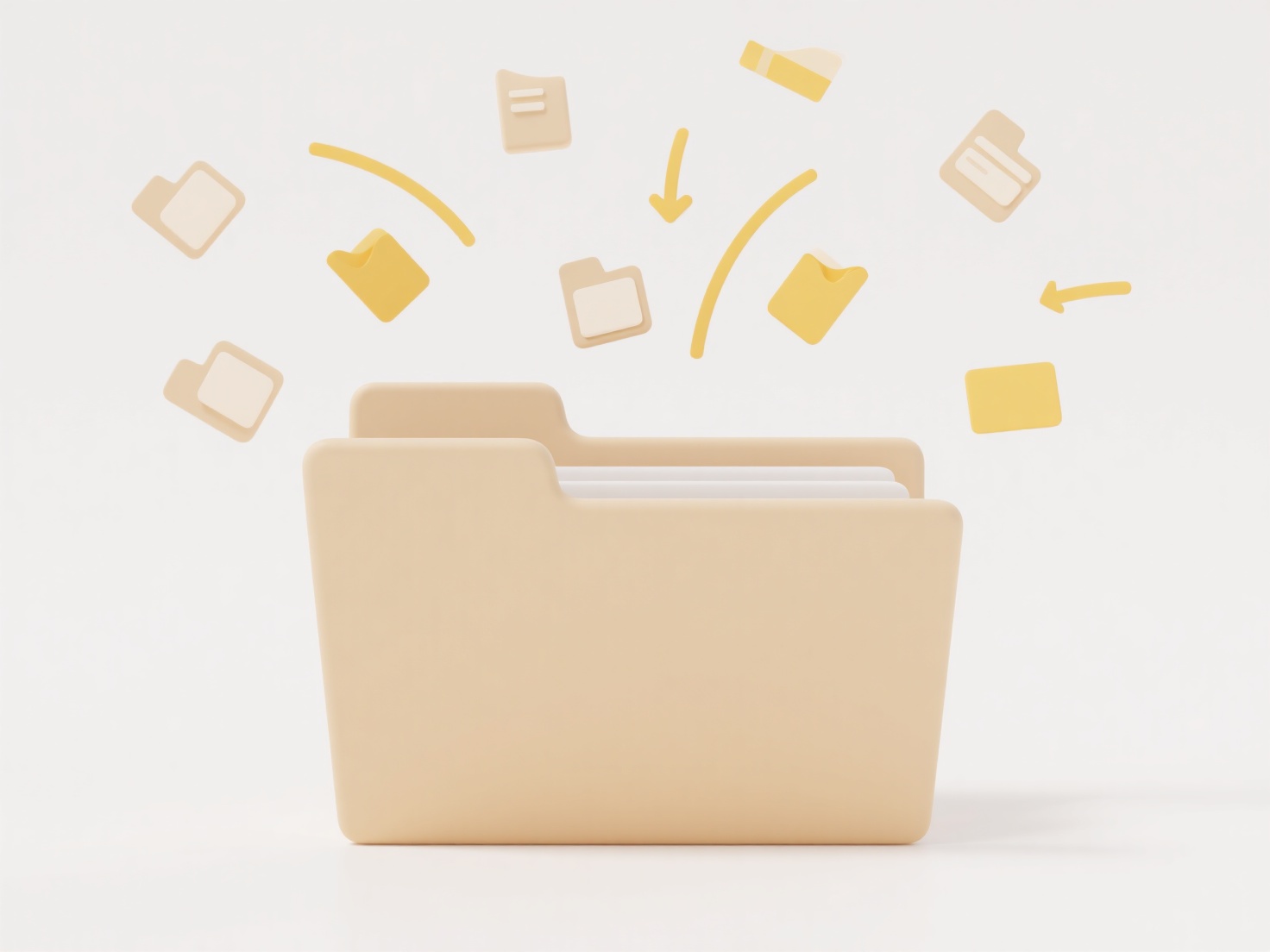
Batch renaming based on metadata means automatically changing multiple file names simultaneously using information embedded within the files themselves. For photos, common metadata includes the date/time taken (EXIF data), camera model, or GPS location. This differs significantly from manual renaming or batch renaming based on fixed patterns, as it directly uses unique properties intrinsic to each file to create relevant, descriptive names.
In practice, photographers frequently use this to organize vast image libraries. Software like Adobe Lightroom, dedicated renaming tools like Advanced Renamer, or operating system features (e.g., macOS Automator) can rename thousands of photos to formats like "YYYY-MM-DD_HH-MM-SS.jpg" using the exact capture timestamp. Similarly, researchers managing sensor data logs might rename files based on the embedded start time and location coordinates within the data headers for consistent referencing.

The primary advantage is significant time savings and guaranteed consistency, ensuring file names reflect actual content. Key limitations include dependence on accurate and consistent metadata existing within the files, potential variations in metadata formats between devices, and the need for specialized software. Future developments focus on tighter OS integration and AI leveraging metadata for even smarter organization and discovery, though reliance on metadata accuracy remains an inherent consideration.
Can I batch rename based on metadata (e.g., photo date)?
Batch renaming based on metadata means automatically changing multiple file names simultaneously using information embedded within the files themselves. For photos, common metadata includes the date/time taken (EXIF data), camera model, or GPS location. This differs significantly from manual renaming or batch renaming based on fixed patterns, as it directly uses unique properties intrinsic to each file to create relevant, descriptive names.
In practice, photographers frequently use this to organize vast image libraries. Software like Adobe Lightroom, dedicated renaming tools like Advanced Renamer, or operating system features (e.g., macOS Automator) can rename thousands of photos to formats like "YYYY-MM-DD_HH-MM-SS.jpg" using the exact capture timestamp. Similarly, researchers managing sensor data logs might rename files based on the embedded start time and location coordinates within the data headers for consistent referencing.

The primary advantage is significant time savings and guaranteed consistency, ensuring file names reflect actual content. Key limitations include dependence on accurate and consistent metadata existing within the files, potential variations in metadata formats between devices, and the need for specialized software. Future developments focus on tighter OS integration and AI leveraging metadata for even smarter organization and discovery, though reliance on metadata accuracy remains an inherent consideration.
Quick Article Links
What player should I use for lossless audio files?
Lossless audio files preserve the original sound data perfectly during compression and decompression, unlike lossy forma...
Why does renaming a file cause errors on some systems?
Renaming a file changes its identifier within the file system, but the underlying data typically remains unchanged. Erro...
What’s the standard for naming test reports or QA documents?
Test report naming standards refer to consistent conventions for labeling test execution results or quality artifacts. T...